2d and 3d stem cell models
In particular we present protocols to study the PC biogenesis and function in 2D neural. 3D celltissue models.

Generating 3d Human Cardiac Constructs From Pluripotent Stem Cells Ebiomedicine
Most research regarding cancer biology is based on experiments using two-dimensional 2D cell cultures in vitroHowever 2D cultures have many limitations such as the.
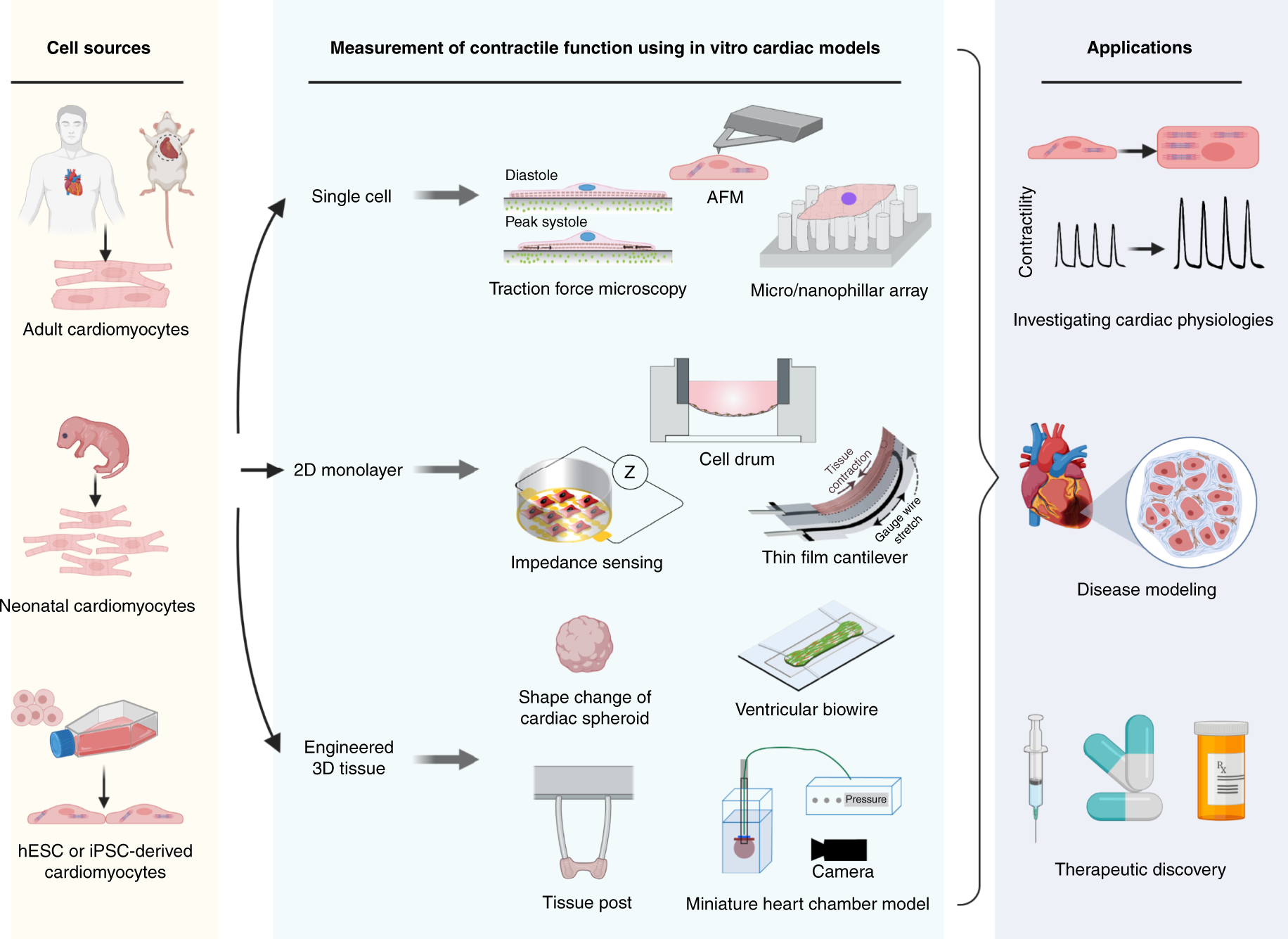
. This review will focus on the use of stem cells particularly hiPSCs to model neurodegenerative diseases. Ad Only for Research. 2D and 3D Stem Cell Models of Primate Cortical Development Identify Species-Specific Differences in Progenitor Behavior Contributing to Brain Size.
From iPSC MSC to 3D Bioprinting Organoid. Reasons for the increasing acceptance and use of 3D cell cultures include. 2D and 3D Stem Cell Models of Primate Cortical Development Identify Species-Specific Differences in Progenitor Behavior Contributing to Brain Size.
Human pluripotent stem cells PSCs can be guided to differentiate into 2D top or 3D bottom in vitro neural networks which can be used in a variety of assays including high-throughput screenings HTS and electrophysiological recordings right. Here we compare cortical progenitor cell output in humans and three nonhuman primates using directed differentiation of pluripotent stem cells PSCs in adherent two-dimensional 2D and organoid. Have established and demonstrated the successful use of TUJ1EGFPNGN2TagRFP dual-reporter induced pluripotent stem cells to monitor human neural differentiation in 2D and 3D culture systems.
Figure 1 Applications of PSC models to study neurotropic viruses. 3D plate cultures also show a higher degree of structural complexity and retain a steady state homeostasis for. From Stem Cell Research to Manufacturing.
Park et al. Sakaguchi H Ozaki Y. In fact pluripotent stem cells cultured in 3D.
Here we compare cortical progenitor cell output in humans and three nonhuman primates using directed differentiation of pluripotent stem cells PSCs in adherent two-dimensional 2D and organoid three-dimensional 3D culture systems. PSCs can develop into various complex organoid. In brief we will cover the available stem cells types types of 2D and 3D culture systems and materials existing disease models obstacles to model diseases such as AD HD PD and ALS in vitro and current perspectives in the field.
Due to the critical limitations of two-dimensional 2D monolayer cultures in expressing the in vivo complexity of the CNS there have been critical improvements made in brain-associated cell differentiation protocols from pluripotent stem cells PSCs leading to the development of three-dimensional 3D brain organoids. Recent advances in 3D tis-sue cultures have. Unfortunately this is also fraught with disadvantages since these cultured cells do not mimic the natural structures or mi-lieu of tissues contributed by heterogenous cell interactions.
There is an increasing need for the generation of data that accurately reflects the biological systems of patients 1-3To achieve this goal researchers need to study disease models in microenvironments that depict the complex human extracellular matrix and support the comprehensive 3D cell model formation 45Several factors involve building a comprehensive. The establishment of three-dimensional 3D organoid cultures and two-dimensional 2D monolayer cultures of patient-derived epithelial tissues is a breakthrough for expanding living materials for later use. Cell culture is a widely used in vitro tool for improving our understanding of cell biology tissue morphology and mechanisms of diseases drug action protein production and the development of tissue engineering.
Patient-derived cellular models become an increasingly powerful tool to model human diseases for. Otani et al 2016 Cell Stem. At least in part from cell-autonomous differences in cortical progenitor proliferation before neurogenic differentiation.
2D and 3D Stem Cell Models of Primate Cortical Development Identify Species-Specific Differences. Ad Only for Research. Here we provide detailed protocols to generate and characterize two-dimensional 2D and three-dimensional 3D cell-based models from human induced pluripotent stem cells hIPSCs to further dissect the involvement of PC during neocortical development.
Using 2D and 3D Pluripotent Stem Cell Models to Study Neurotropic Viruses The authors review the current state of technology in stem cell-based modeling of the central nervous system and how these models can be used to determine viral tropism and identify cellular phenotypes to investigate virus-host interactions and facilitate drug screening. From Stem Cell Research to Manufacturing. Confirmation Interesting Hypothesis 1 more.
From iPSC MSC to 3D Bioprinting Organoid. This review provides an overview of the different types of 2D- and 3D-based intestinal stem cell cultures their potential benefits and the drawbacks in personalized. An integrated complex automated platform for HTS in a translational research setting also designed for maintenance and expansion of different cell types which allows automation of all cultivation steps and is flexible for development of methods for variable cell types.
They also document the responses of fluorescent signals to drugs and genetic manipulations affecting neural differentiation. Traditional 2D cell culture models have made it possible to understand certain aspects of cell biology mechanisms of diseases and drug action. Clonal lineage analysis showed that primate cortical progenitors proliferate for a protracted period of time during which they generate early.
More relevant cell models Much better biomimetic tissue models make 3D cell cultures more physiologically relevant and predictive than 2D cultures. We present detailed protocols for the generation and characterization of 2D and 3D human induced pluripotent stem cell hIPSC-based models of neocortical development as well as complementary methodologies enabling qualitative and quantitative analysis of primary cilium PC biogenesis and function. PMC free article Google Scholar 69.
Simons B Livesey FJ. Read the full review for this Faculty Opinions recommended article.

Advances In Three Dimensional Cell Culture In Drug Research And Discovery Youtube

Organoids Infographic A Revolutionizing The Study Of Human Development And Disease
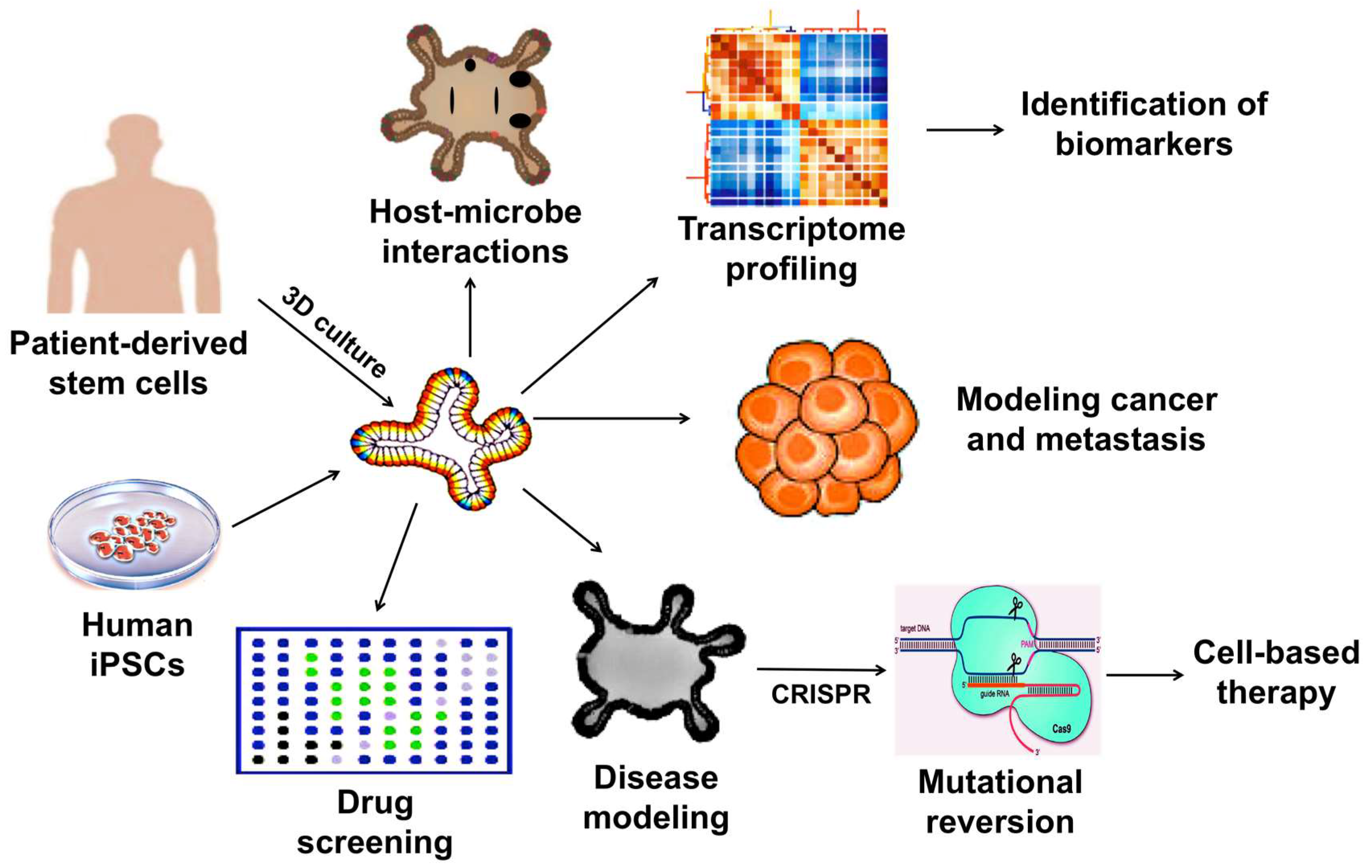
Ijms Free Full Text Disease Modeling Using 3d Organoids Derived From Human Induced Pluripotent Stem Cells Html

Evolution From 2d To 3d Cell Cultures Facellitate
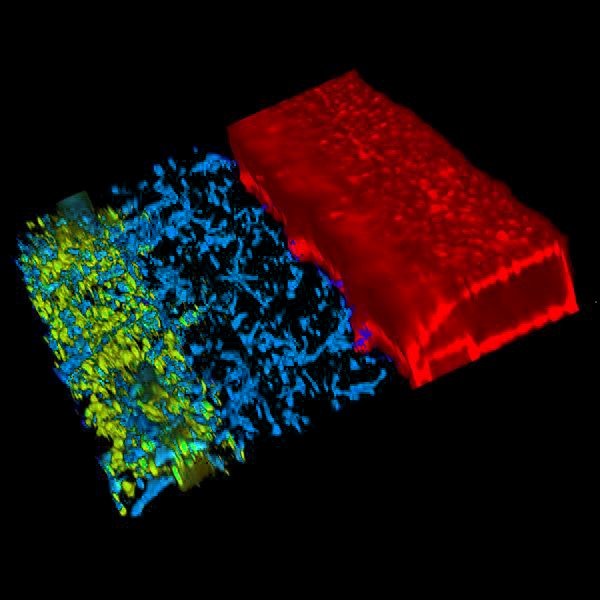
2d Versus 3d Cell Cultures Advantages And Disadvantages

Three Dimensional Cell Culture Systems As An In Vitro Platform For Cancer And Stem Cell Modeling Abstract Europe Pmc

Atilley Licensed For Non Commercial Use Only Constructing A Plant Cell Project
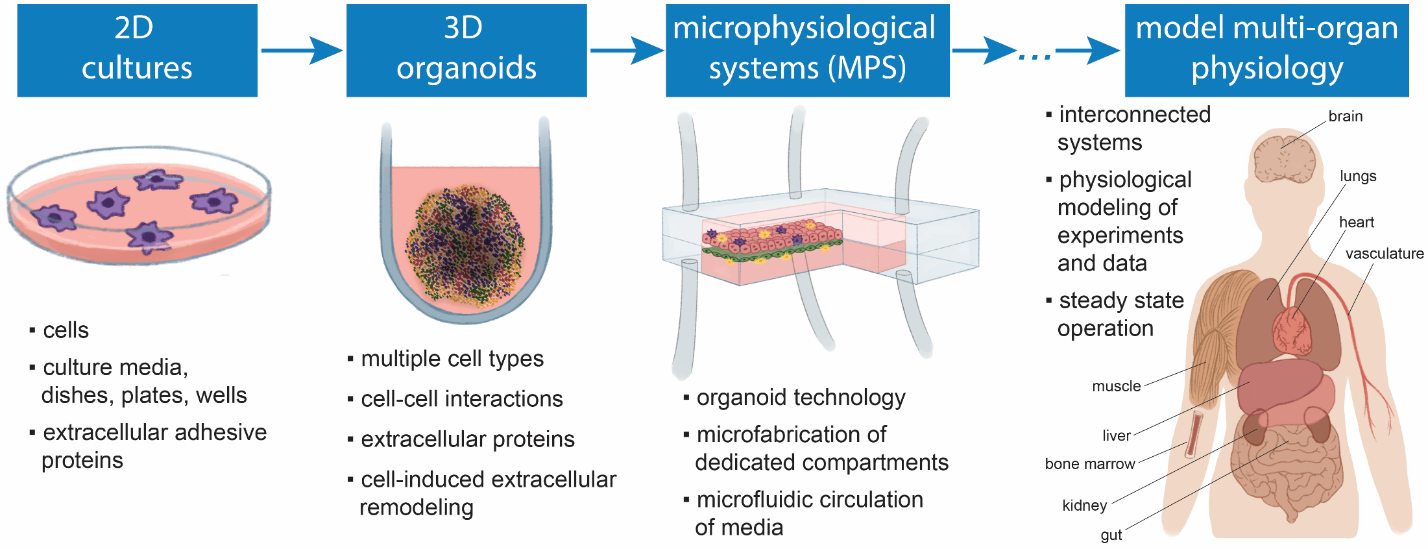
Three Dimensional 3d Cell Culture Microphysiological Platforms As Drug Development Tools Fda

2d Vs 3d Cell Culture A Cell Behavior In 2d Conventional Cell Download Scientific Diagram

Free Vector Stem Cell Diagram On White Background
2d Vs 3d Cell Culture A Cell Behavior In 2d Conventional Cell Download Scientific Diagram
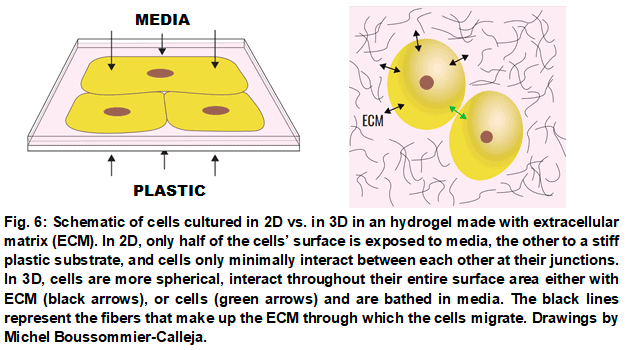
3d Cell Culture Market And Industrial Needs Elveflow

What Are Organoids And Why Are They Important Particle3d

Microengineered Platforms For Characterizing The Contractile Function Of In Vitro Cardiac Models Microsystems Nanoengineering




